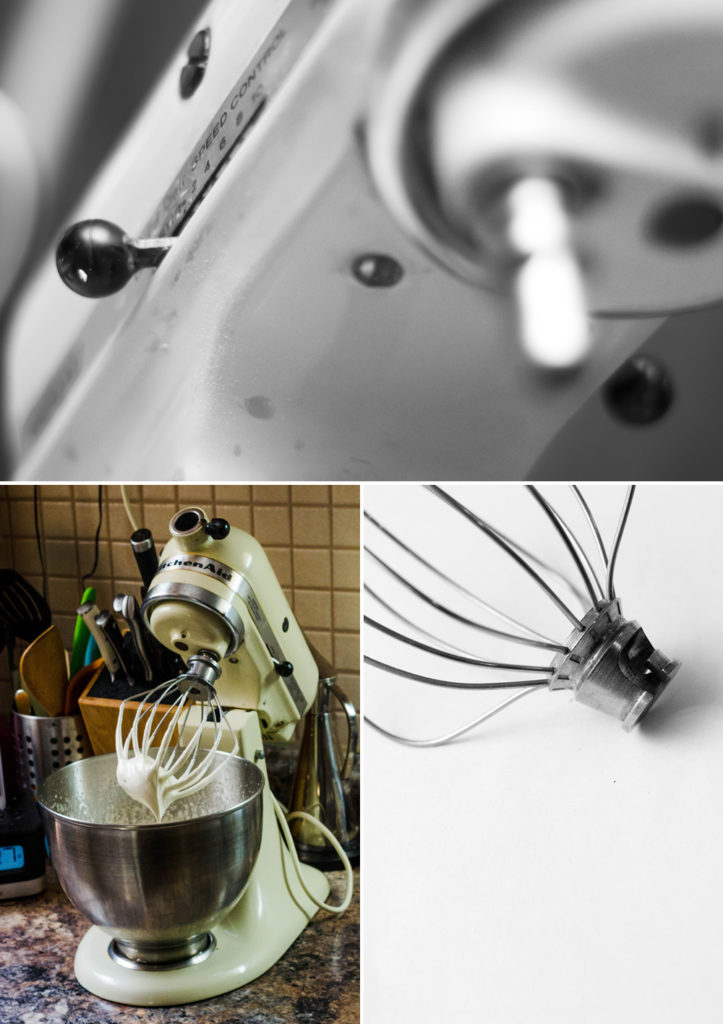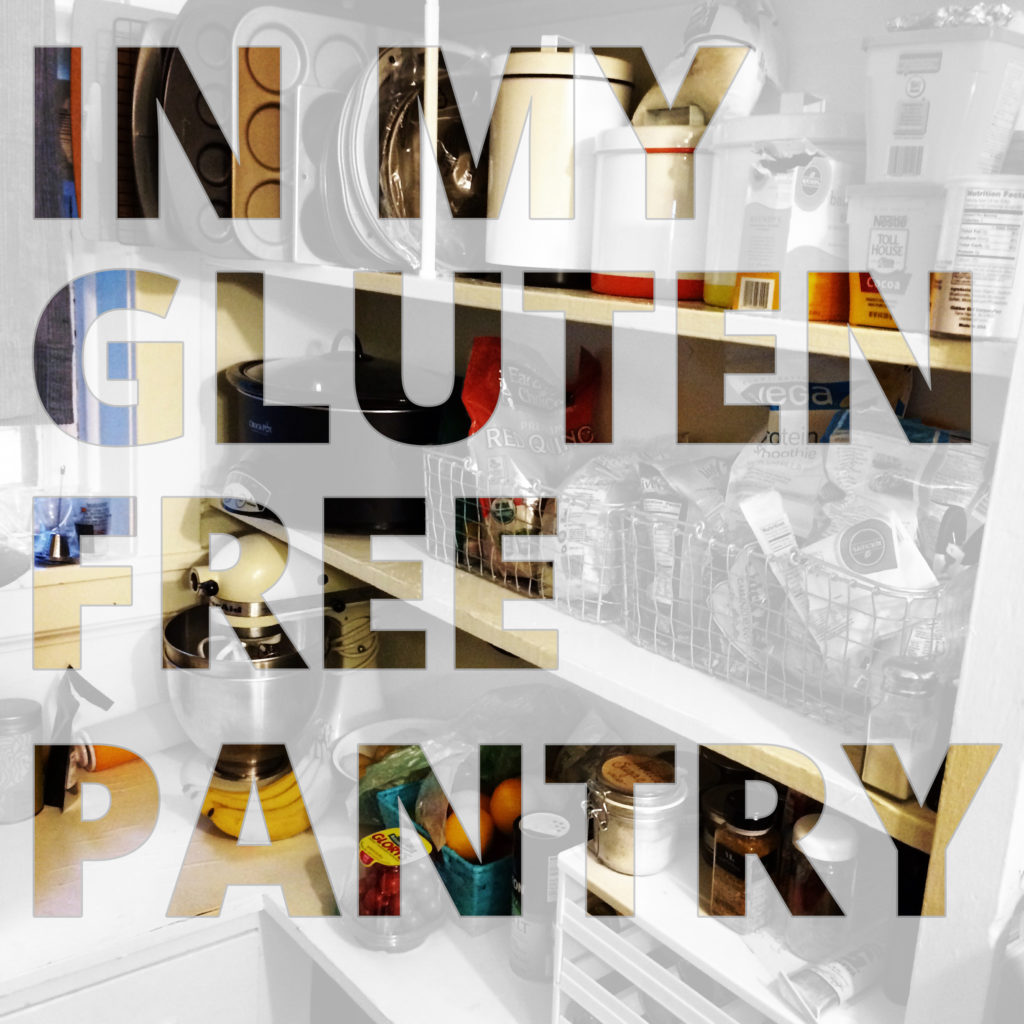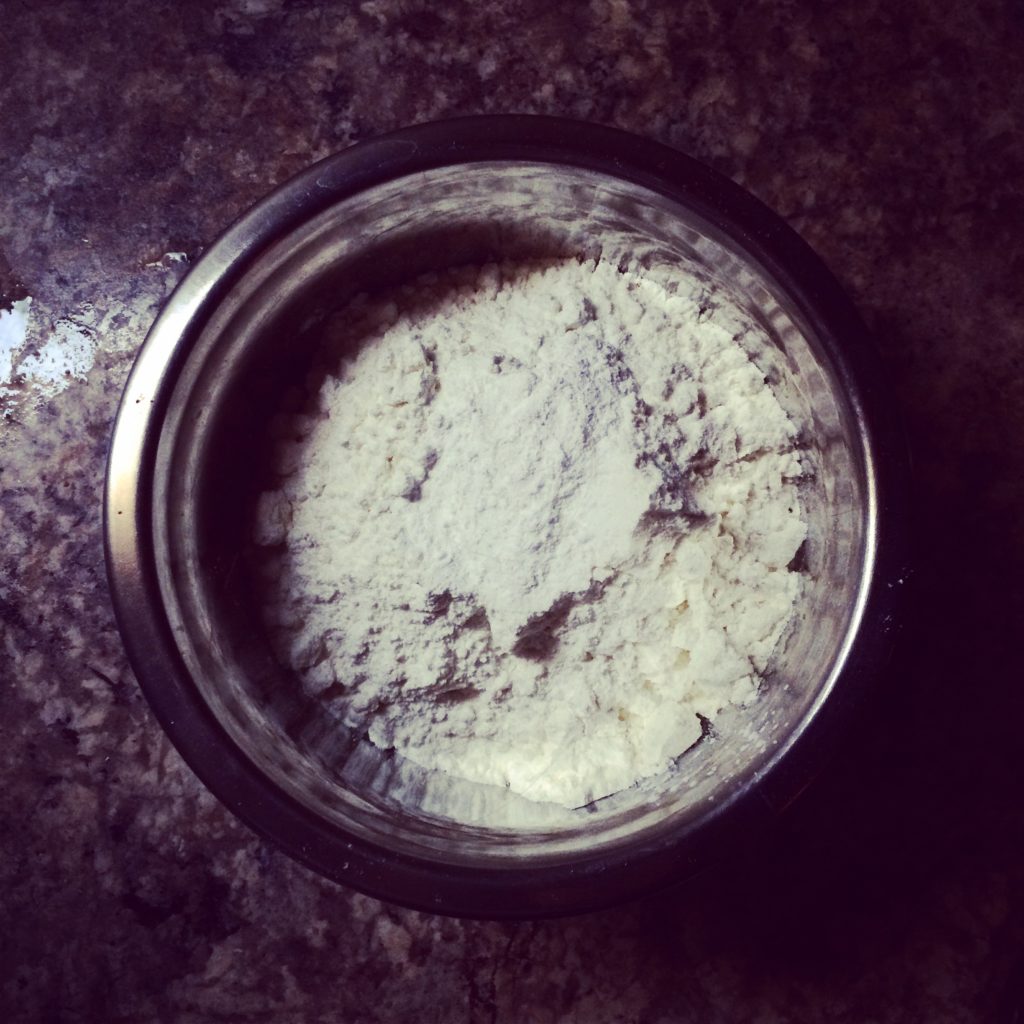I have a cookbook problem habit. I read them the way so many people read novels and magazines. I mean, have you seen my cookbook shelf?
This summer, I have few new cookbooks hanging out that I really am loving. (Even Cecelia the Cat is loving them!)
A photo posted by Mary Fran Wiley (@frannycakes) on Jul 19, 2015 at 7:16pm PDT
The Blender Girl Smoothies
by Tess Masters
Tess is a dear friend of mine, and I loved her first book and her app, so I had pretty high expectations for this book. In the few short months it has been out, it has become indispensable in my kitchen. (I make smoothies nearly every morning for breakfast and I need clever ideas to keep me smoothies from getting boring).
Steeped: Recipes Infused with Tea
This book is just beautiful. The photos are beautiful. The words are beautiful. The recipes are delightful. Each recipe infuses the flavor of tea in creative ways. A perfect book for any tea lover, any baker or really, any food lover.
Jamie Oliver’s Comfort Food
by Jamie Oliver
Ok, so it’s been out for almost a year, but Mammacakes bought this book for me a couple weeks ago. It’s pages are filled with recipes that are a bit more involved and not quite suitable for single lady week night dinners, but I can’t wait for an excuse to dive into these recipes. The photos are gorgeous (as expected) and every recipe is begging to be made. (This is not a gluten-free cookbook, so there are some adjustments that need to be made to many – but not all- recipes). The peanut butter & jelly brownies are on my to-bake list.
Sweet Apolita Bakebook
by Rosie Alyea
Another gluten-filled book, this one requires some confidence in baking gluten-free to adapt from (or a bag of Cup4Cup and a mild sense of adventure). But the cakes are just stunning. Most of the recipes are built from a library of items such as cakes, buttercreams and sauces leading to beautiful results.
My New Roots
This stunner is gluten-free and a delight. It is a celebration of fresh, healthy ingredients – but those items look just as good as every single one in the celebration of butter and sugar above. This book inspires (and resembles) the way I cook each and every night for myself. Get it & be inspired to eat better without sacrifice.



 Old Faithful (A KitchenAid Stand Mixer), $249-$650
Old Faithful (A KitchenAid Stand Mixer), $249-$650

 No pantry is complete without a few munchies, particularly for us gluten-free & food allergic folks. I like to keep food on hand that can be grab & go so that when I show up to a work lunch with no safe food options, I can save my coworkers from seeing me hangry by having backup in my bag. I also like to fend off the weekend afternoon snack cravings, but when they come, I like to be prepared with something quick and easy or I’ll likely end up with a batch of cupcakes. (And while cupcakes are delicious, they aren’t always the best option…) So here’s a peek at what I like to keep on hand.
No pantry is complete without a few munchies, particularly for us gluten-free & food allergic folks. I like to keep food on hand that can be grab & go so that when I show up to a work lunch with no safe food options, I can save my coworkers from seeing me hangry by having backup in my bag. I also like to fend off the weekend afternoon snack cravings, but when they come, I like to be prepared with something quick and easy or I’ll likely end up with a batch of cupcakes. (And while cupcakes are delicious, they aren’t always the best option…) So here’s a peek at what I like to keep on hand.









